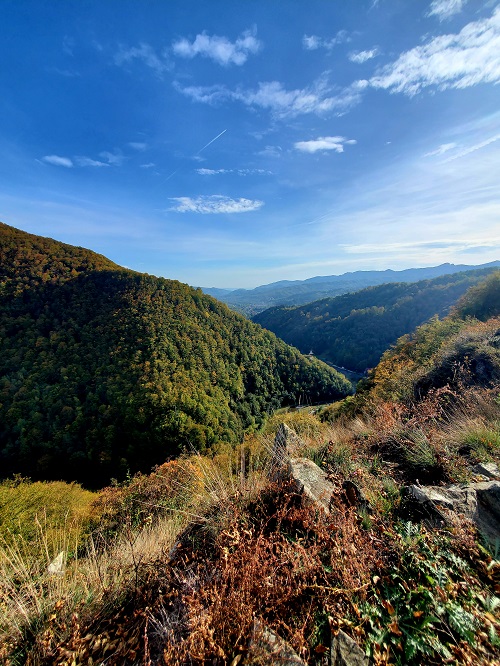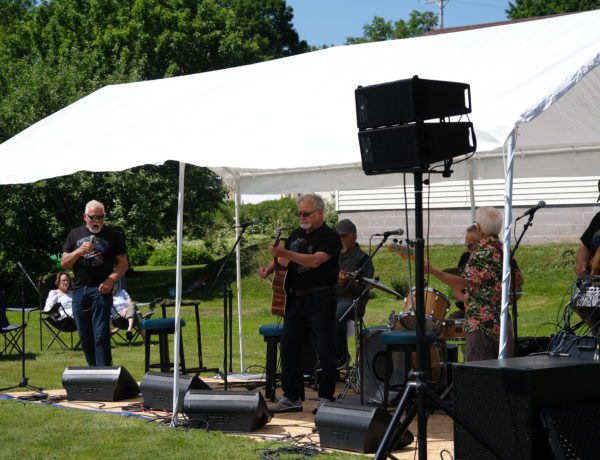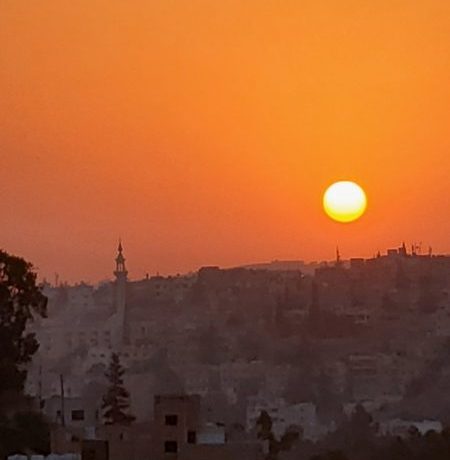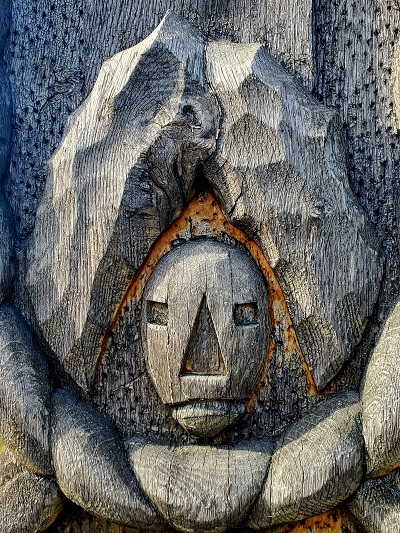
I’m sufficiently coffee-d. I gear down to second, the little car shudders, but we make it to the top of the hill. The tangles of narrow streets get wider the farther we get from the city center. Speed limits go up and traffic circles become fewer. The jellybean’s engine sings the high notes. The RPM gauge threatens the red when the car gets up to a hundred and twenty. That’s kilometers per hour, by the way. About seventy-five miles per hour for those in the USA. It’s all I can do to find common ground between engine rev, speed and vibration. Being able to hear each other speak isn’t a standard option on this car. We wait for corners to talk.
Târgovişte is south and we get to drive through the little towns we saw through train windows and some we didn’t. Romania has a rising economy, but for some, poverty and income disparity is an everyday struggle. Unequal parts tarp, wood, tile, and elbow-grease cobbled together shacks and make-shift houses line the same highways as the picturesque chalets, separated by only a few kilometers. Pallets of cut stone, brick and other masonry products the locals produce stand ready on lining the side of the road. Their effort to make money, rather than improving the roof over their heads. Making money to live seems more important than the conditions they live in. People wander across the highway or stand partially in it. Indifferent to the traffic going by. The people all have similar features, dark hair and skin. It’s easy to see the division between people in more than an economic status. What the reasons are, I have no clue, but it’s right outside my window midway to the princely courts.
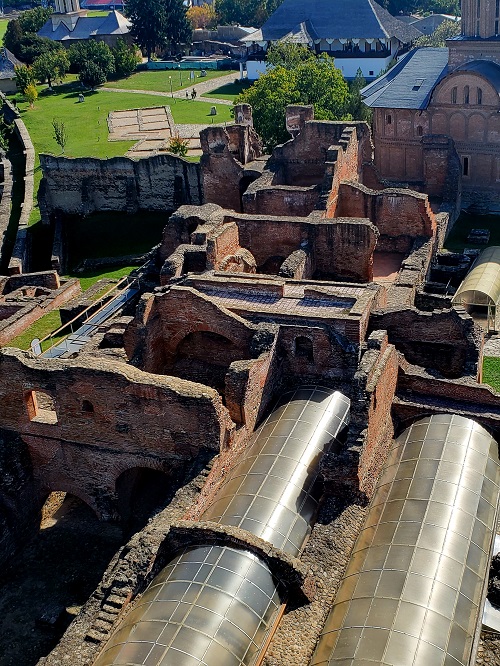
Wallachia, a word you’ve never heard of? Possibly. It is a large part of Romania and Transylvania’s past. No. This won’t be a history lesson, but a little context goes a long way. The Princely Court was the ruling seat of Wallachia. A region movies and fiction books have largely ignored in favor of the dreaded and horror inspiring, “T” word. That being Transylvania. Glorified by Stoker and maintained by Hollywood and other movie producers ever since. A Voivode, in English, translates to “Warlord” and in the early Middle Ages through the byzantine era, these principal military commanders fought for the right to govern portions of eastern Europe. Deputized by a ruling monarch, they oversaw their regions, fought to grow them and paid tribute. The most notable of these is Vladislav Dragulya, or Vlad Țepeș. Vlad the Impaler, and I’m going to walk where he walked, talked, and yes, impaled.
Subjected to invasions, wars and all manners of destruction, the walls still stand. Only mostly roofless brick and mortar remain from what was once a grand court. They have restored some sections to some resemblance of their former selves. The tower Vlad had constructed during his time was one.
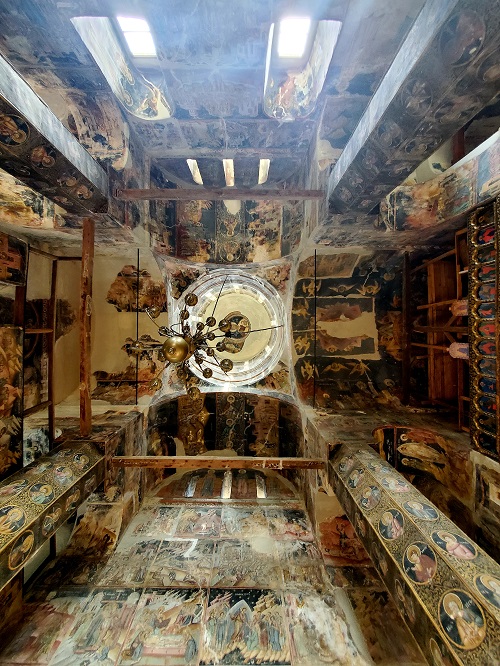
We are early, but by the time we make it out of the church. There’s a couple getting wedding photos taken and crowds of people are working their way through the gate. I get a few very lucky and precious moments to myself in the deep quiet of the church. I take photos and find myself beyond the velvet ropes behind the altar in the apse, currently under some type of restoration. Is this blasphemy? I think to myself. Unintentional desecration? You know what they say about the old “path to hell” and intentions, even the un- kind. I assure myself it’s neither. There’s no history of a threat as disparaging as hell just because of healthy curiosity and research. Riiiggghhht?

The door of the tower is little more than hobbit-sized. The spiral staircase dominates the plastered interior. Angles set into the walls, taper down to keyhole windows for archers. Allowing them a better and much wider field of fire. In between people, I make my way up the wooden corkscrew from floor to floor, reading the information panels as I go. The staircase alone is amazing. Mortise and tenons join sections as thick as a man’s waist into an unbroken set that ends in another hobbit door. From the battlement, you can see for miles in all directions. Quite handy when you have as many enemies as Vlad did.
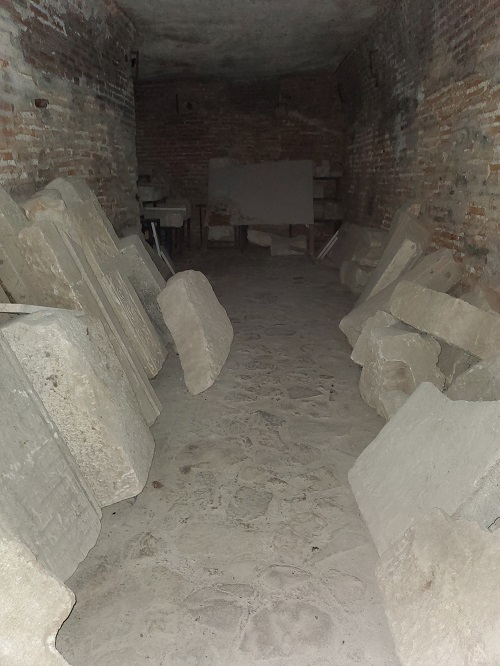
The courts have nowhere near the same amount of restoration. The brick and mortar walls that were once plastered and painted are what remain. Arches span some areas, others fell, the debris cleared away. Being able to walk through it is amazing. I find myself in another blocked off area. A hallway, dimly lit from what little light makes it in from outside. Carved stones line the passage. Some are headstones, others are from the castle itself. I look around. The hair on the back of my neck stands to attention as I take a turn and it gets darker. I make it only a bit more to the dead end. I use the glow of my phone to light my way out so I don’t trip or kick any of the stonework.
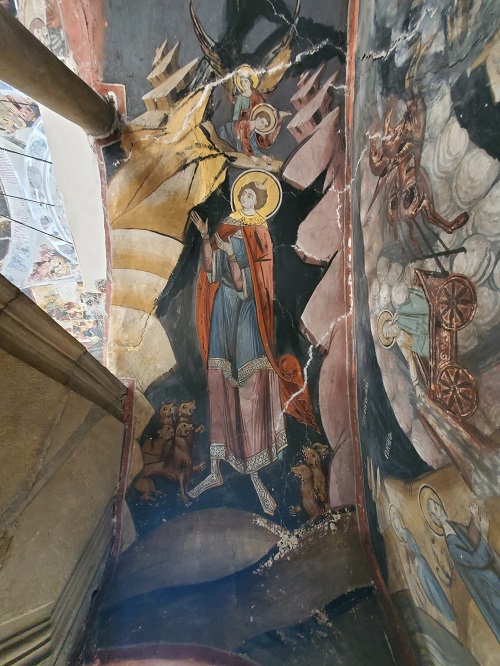
There’s a bathhouse on the grounds first mentioned in the fifteenth century that has a hypocaust floor. It used fire or the heat it creates rather, carried by smoke and air currents drafted beneath a tiled floor set on pillars. Prevalent in Greek and Roman baths of their day. Headstones lean against the walls and the grounds are green and plush. I’d rather walk in a setting more about him than one of royalty. One that more closely suited his nature, or what I think his nature would be.
People sit on blankets or benches on the public garden side of the surrounding walls and mote. More and more are coming through the gate. I can’t help but ask myself. What would Vlad Tepes think about all of this? Then another thought on the heels of the first. What would the tourists think about the type of “vacation” he’d have in store for them? I have a wicked mind. I know. What can I say? I’m a writer.
It’s time to find the car.

